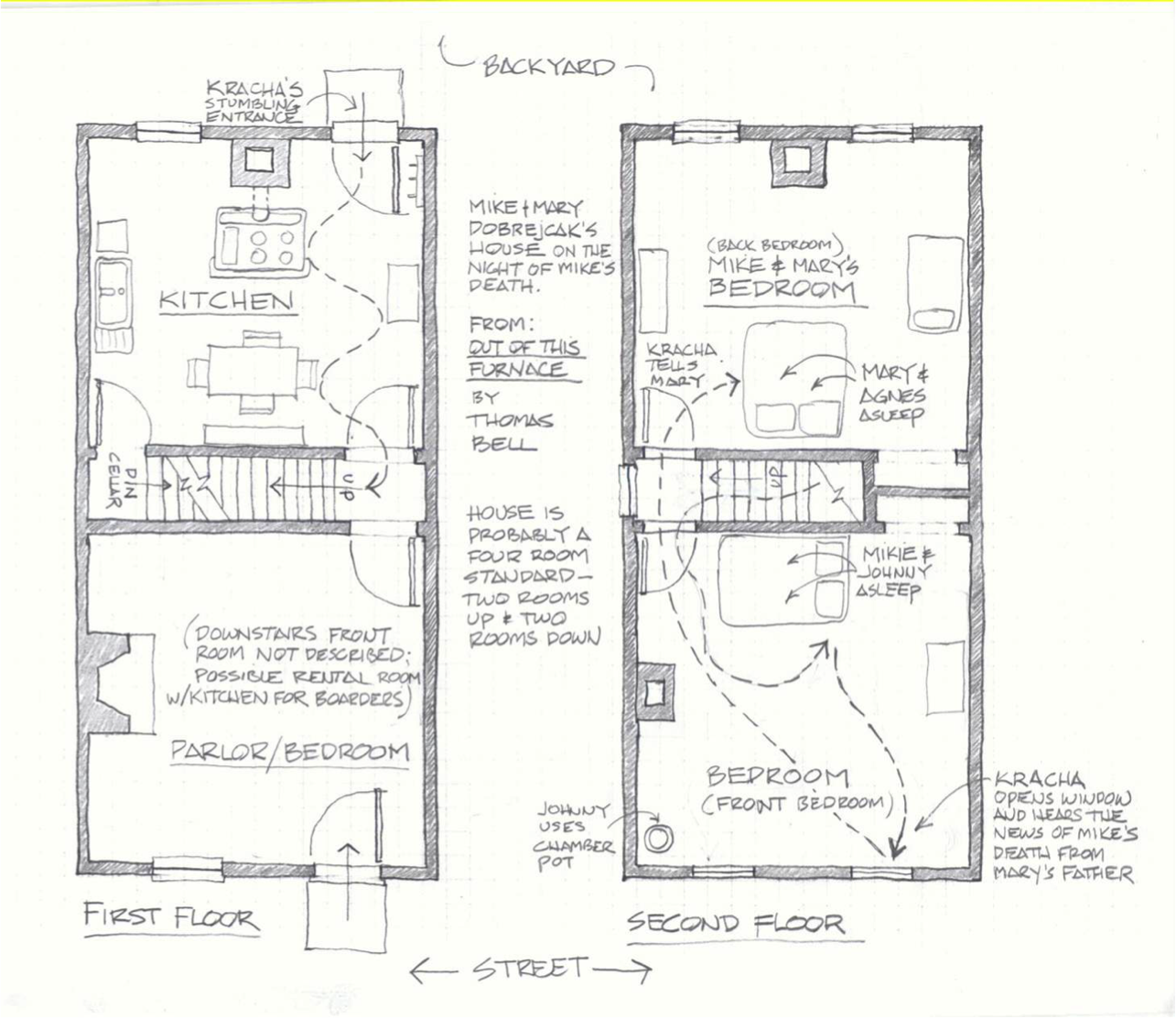Domestic History: Request for Domestic Improvement Case-Studies
by Thomas Hubka
I am writing a book about how a majority of middle-to-working class Americans achieved domestic improvement in the late 19th and early 20th century (1880-1940). I am seeking detailed case-studies of family histories in houses and apartments demonstrating the material conditions of pre- and post-domestic improvement reform. This would include details about acquisition (or lack) of public utilities, stoves and appliances, basic furniture, bedroom size and usage, etc. Although family history is an important component, I am primarily collecting case studies that allow me to construct measured plan drawings showing the location of utilities, furniture, as well as standard architectural elements like room shape, stairs, windows and doors. Since the type of buildings I study are rarely drawn in plan detail, I have typically relied on documentation within existing houses and from photographs, diaries, oral histories, archival records, etc., from houses that no longer exist. Ideally, I would record the domestic transition of a particular family from a pre-reform house or apartment to later improved (or remodeled) dwelling—so that I would record and interpret both dwellings.
My overall goal is to make detailed plan drawings identifying the material cultural “standards” of average middle-to-working class domestic environments in the late 19th and early 20th century. I focus on the transformation of house form and function (such as the addition of dining rooms, closets, private bedrooms) and domestic amenities and industrial produced goods & services (such as kitchen appliances, public utilities, etc.).
Another way to describe the type of domestic history I am looking for is a history of working class family’s “firsts” and “lasts.” Or the first time a family used their own (three-fixture) bathroom, or ate in their own dining room, or put their clothes in a closet, or used an electric appliance like a washing-machine or a vacuum cleaner, or filled a shelf with books, or bought a piece of furniture that could be handed down---all for the first time. It’s also about the last time a family hand-pumped or hauled water, or used an outhouse, or cooked and heated on a wood or coal stove, or lived in a two or three room house or apartment, or shared bedrooms with parents and siblings, or took in boarders, or washed clothes by hand--all for the last time. Typically, however, many working class firsts and lasts overlap, as when new dining rooms are added to houses with old outhouses.
 This might be a way to publicize your family history but I would also appreciate any suggestions about previously documented sources or people who might be willing to contribute. I am also interested in literary sources, like Thomas Bell’s, _Out of This Furnace_ , where, for example, I have drawn the plan of described domestic scenes in a common type of Pittsburgh house—but this is a rare, accurately detailed account and I only show it as the type of detailed plan drawing I would like to make of other documented houses.
This might be a way to publicize your family history but I would also appreciate any suggestions about previously documented sources or people who might be willing to contribute. I am also interested in literary sources, like Thomas Bell’s, _Out of This Furnace_ , where, for example, I have drawn the plan of described domestic scenes in a common type of Pittsburgh house—but this is a rare, accurately detailed account and I only show it as the type of detailed plan drawing I would like to make of other documented houses.
Please contact: thubka@uwm.edu